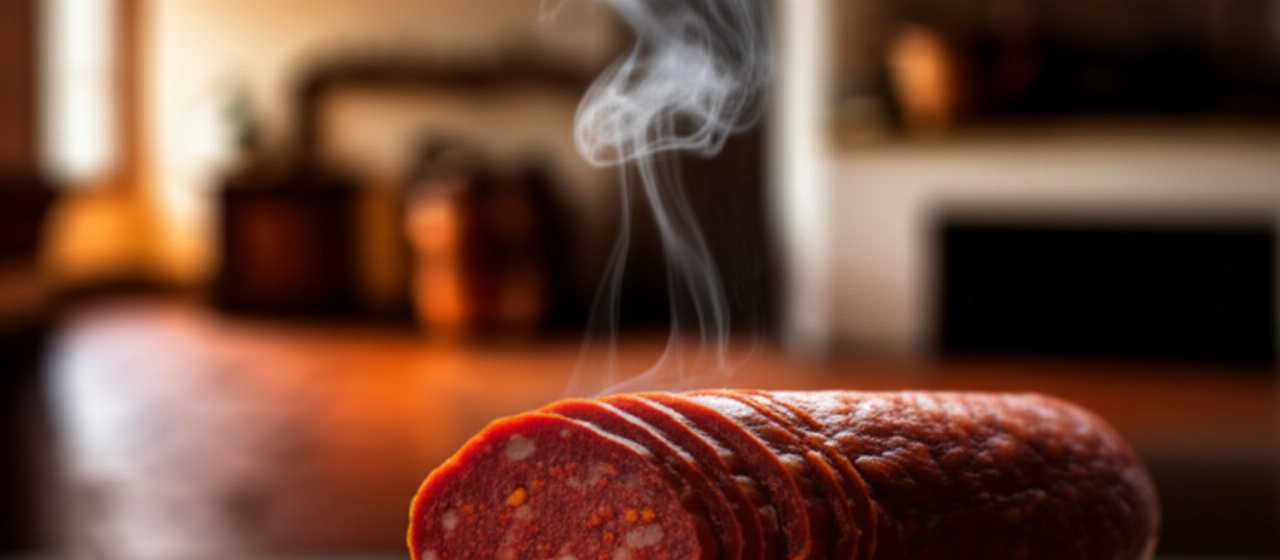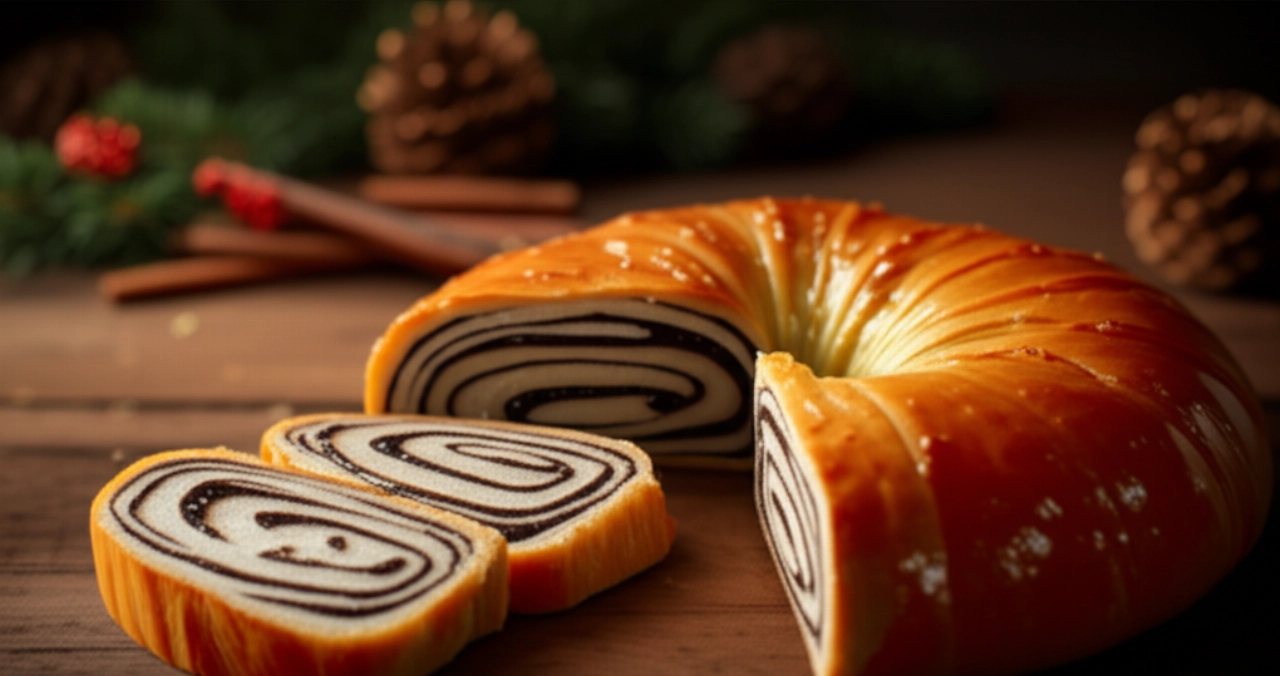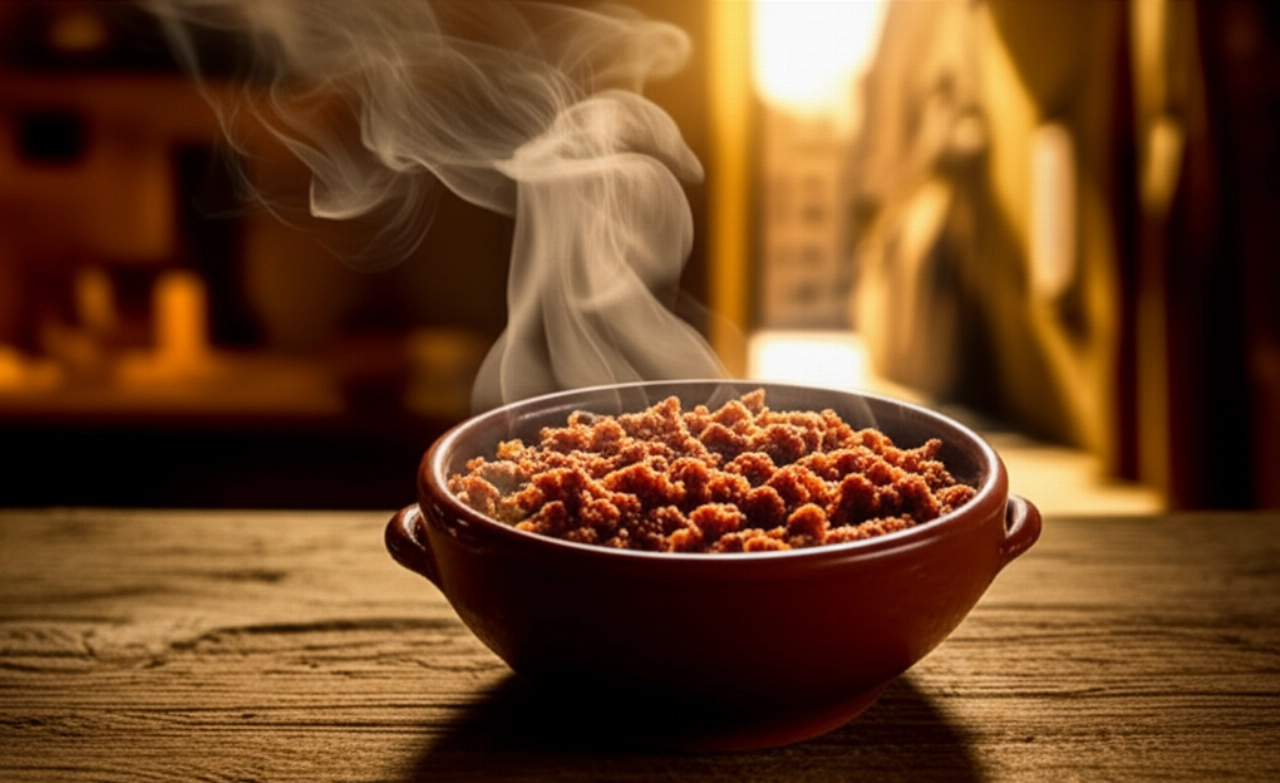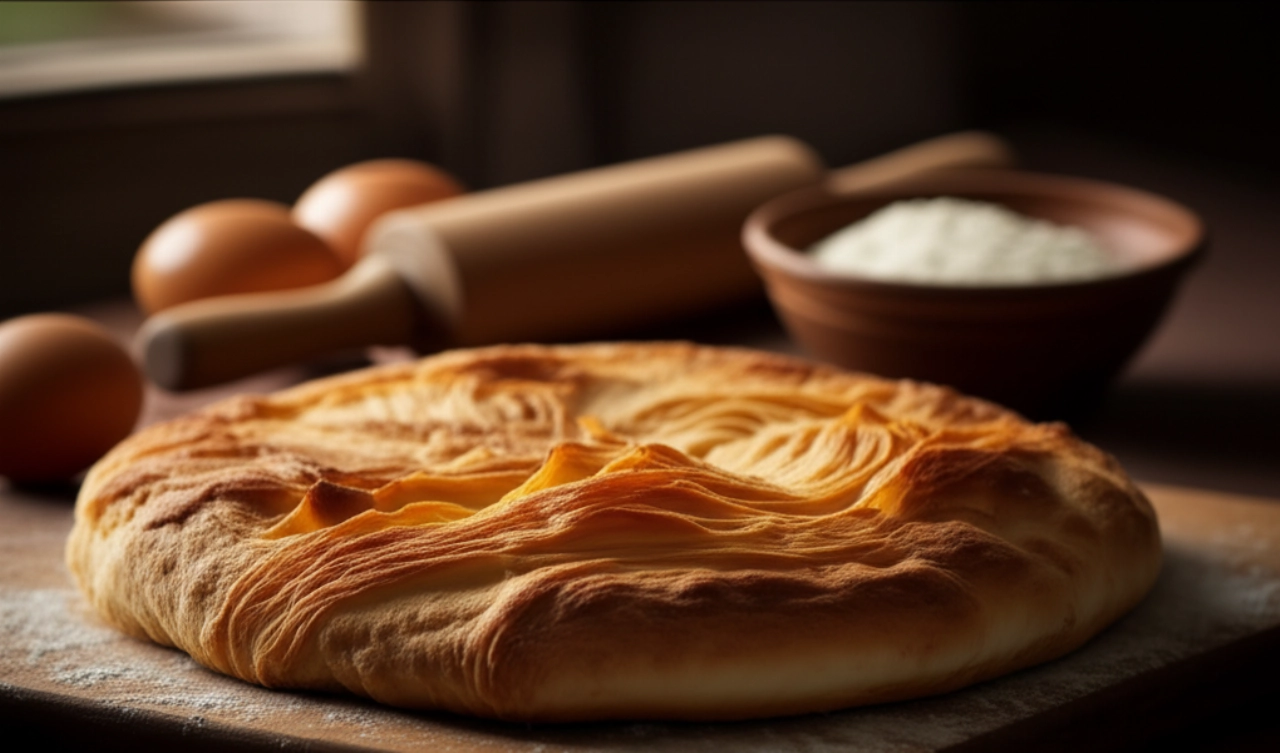There's a scent that speaks of the South, of sun, of passion. A scent that, just by smelling it, immediately transports you through the alleys of a Calabrian village, with the sea on the horizon and the warmth of its people. We're talking about Calabrian Fileja with 'Nduja, a dish that's not just pasta, but a true hymn to tradition, authentic flavor, and the joy of being at the table.
But how many times have you tried to make fresh pasta and the result wasn't what you hoped for? Maybe too soft, or too hard. And the 'nduja sauce? Sometimes it seems too aggressive, other times it lacks that right "kick," that enveloping flavor you expect. Finding the right recipe, one that guarantees success and the taste of true Calabria, can seem like a challenge.
Make yourself comfortable. Here you won't just find a list of ingredients, but the definitive guide, full of tricks and tips, to prepare true Calabrian Fileja with 'nduja. I'll guide you step by step to achieve homemade Fileja with the perfect consistency, embracing a balanced and flavorful 'nduja sauce, without being excessively spicy, just as tradition dictates. Success is guaranteed, and your guests will ask for seconds!
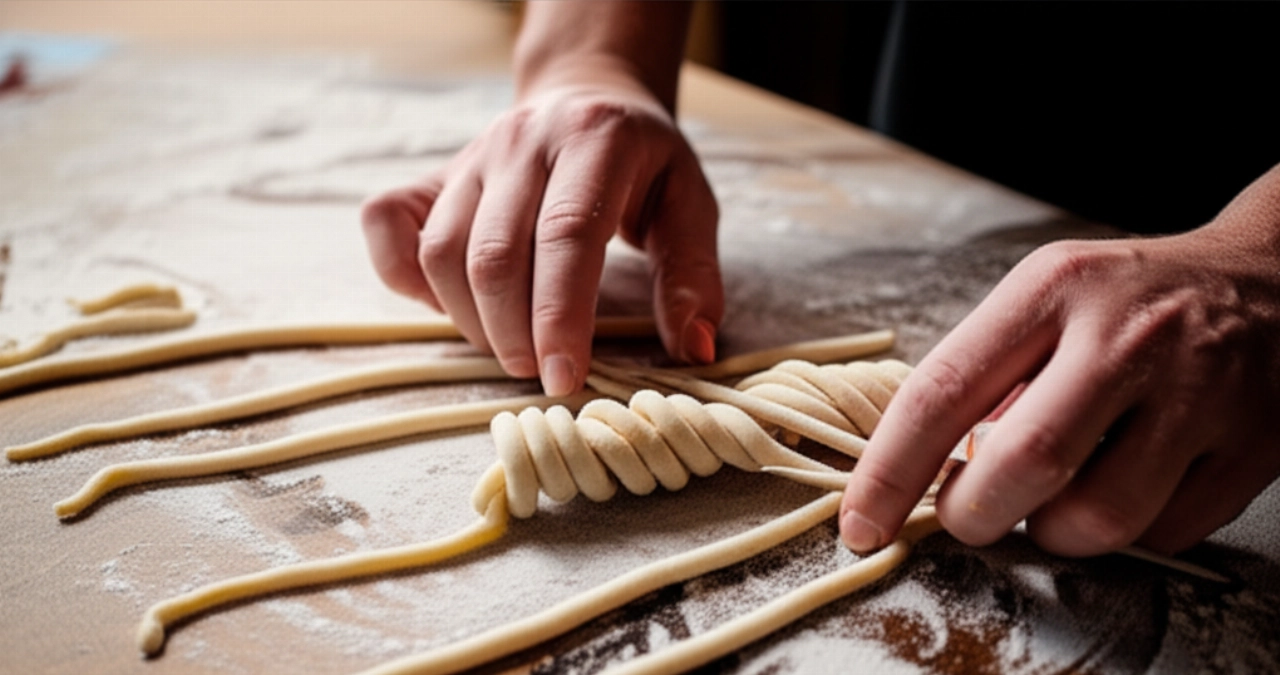
Smart Ingredients: The Authentic Heart of Your Fileja
For such an iconic dish, the choice of ingredients is not a detail, but the foundation of success. Here's what you need and why:
- Durum Wheat Semolina Flour (Rimacinata): Forget 00 flour for fresh pasta. Rimacinata semolina is the key to achieving Fileja with the right tenacity and elasticity, which holds up during cooking and "embraces" the sauce perfectly.
- Lukewarm Water: Not cold, not boiling. Lukewarm water helps the semolina absorb better and form a smooth, homogeneous dough.
- Quality Spilinga 'Nduja: This is the star ingredient! Choose artisanal 'nduja, not too aged, for an intense but balanced flavor, with the right spiciness that melts gently into the sauce.
- Tomato Passata: A good, sweet, and thick tomato passata will form the base of your sauce. It shouldn't overpower the 'nduja flavor, but enhance it.
- Tropea Red Onion: An unmistakable touch of sweetness and aroma. The red onion, with its delicate flavor, pairs divinely with 'nduja, slightly mellowing its intensity.
- Pecorino Crotonese (or Romano): An aged cheese, but not excessively salty, to balance the spiciness and add that savory and aromatic note that completes the dish.
- Extra Virgin Olive Oil: A good EVO oil, preferably Calabrian, for sautéing and seasoning.
- Salt: To taste, for both the dough, cooking water, and sauce.
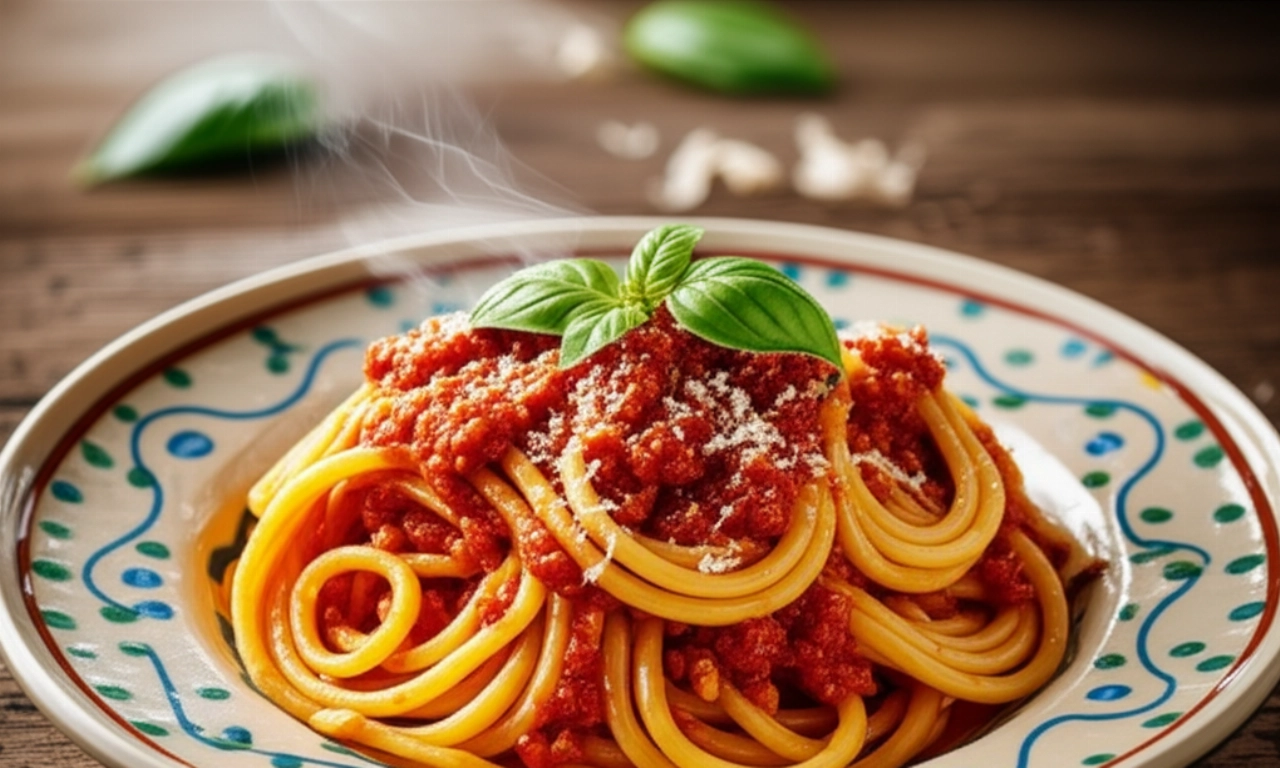
Secrets for Perfect Fileja: Say Goodbye to Soft or Hard Pasta!
Preparing Fileja at home might seem difficult, but with these tips, it will become a breeze. Here are the mistakes to avoid and tricks for impeccable pasta:
- Not Kneading the Dough Enough: Haste is the enemy of Fileja! The dough must be kneaded for a long time, with energy, for at least 10-15 minutes. It should become smooth, elastic, and homogeneous. If you don't knead it enough, the pasta will be fragile and break during cooking.
- Not Letting the Dough Rest: After kneading, the dough needs to rest, covered with plastic wrap, for at least 30 minutes at room temperature. This allows the gluten to relax, making the pasta easier to roll out and shape.
- Incorrect Shaping: Fileja has a unique, spiral shape, obtained by dragging small pieces of dough on a knitting needle (or skewer) on the pastry board. Don't be afraid to apply light pressure and "roll" it to create the internal cavity that will capture the sauce. If you don't shape it correctly, it won't have its typical consistency.
- Cooking in Too Little or Not Salty Enough Water: Fresh pasta needs space to move and plenty of salted water (about 10 grams of salt per liter of water). This ensures uniform cooking and a balanced flavor.
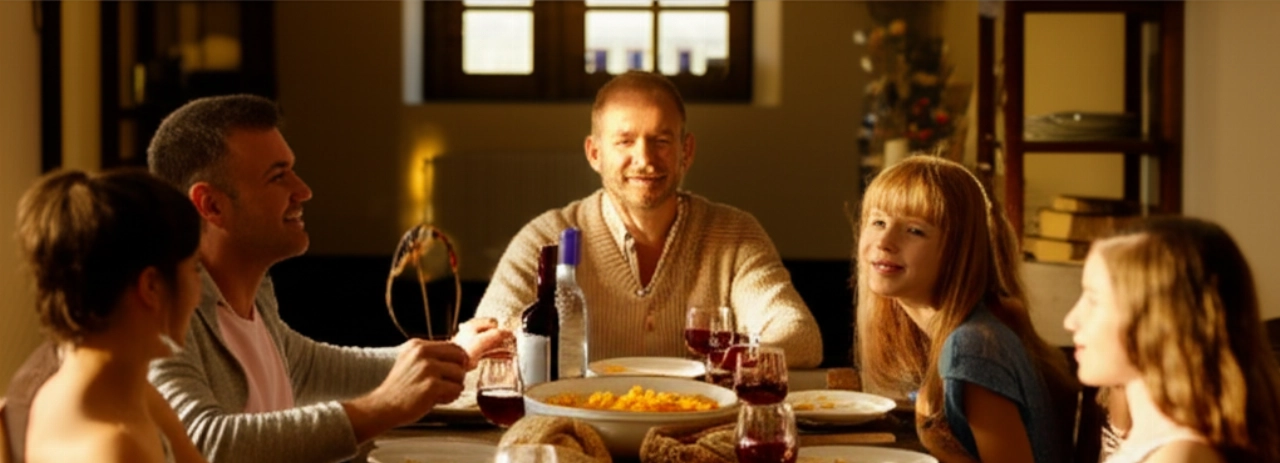
The Heart's Touch: Grandma's Tip for an Unforgettable Sauce
Every grandma has her secrets, and mine, a true Calabrian, had one for 'nduja sauce that I want to share with you. She always told me that 'nduja is like a child: it must be treated gently, "caressed" in the pan, not burned. Its aroma must be released slowly, enveloping everything.
The secret lies in melting the 'nduja over very low heat, almost like a bain-marie, with a drizzle of oil and finely chopped red onion. It shouldn't fry, but melt slowly, releasing all its aromas and intense color. Only when it's completely melted and the onion is softened can you add the tomato passata. This slow and delicate step will make the difference between a "just spicy" sauce and a deep, balanced, and unforgettable 'nduja sauce.
Let's Prepare Fileja with 'Nduja Together: The Step-by-Step Guide
Now that you know all the secrets, let's get cooking! Follow each step carefully, and success will be guaranteed.
Ingredients (for 4 servings):
- 300 g durum wheat semolina flour (rimacinata)
- 150-160 ml lukewarm water
- Fine salt to taste
- 80 g Spilinga 'nduja
- 1/2 small Tropea red onion
- 400 g tomato passata
- Extra virgin olive oil to taste
- Grated Pecorino for serving
Tools:
- Pastry board
- Knitting needle (or thin wooden skewer)
- Large pot
- Non-stick pan
Method:
- Prepare the Fileja Dough:
On a pastry board, pour the semolina flour into a well. In the center, add a pinch of salt and the lukewarm water, a little at a time. Begin to mix with a fork, then continue by hand, kneading vigorously for at least 10-15 minutes. You should obtain a smooth, firm, and elastic dough. Form a ball, cover it with plastic wrap, and let it rest at room temperature for at least 30 minutes.
- Shape the Fileja:
Take the dough back and divide it into small pieces. From each piece, roll out thin "snakes," about half a centimeter thick. Cut the snakes into pieces about 3-4 cm long. Take a piece, place it on the pastry board, and with the knitting needle (or skewer) placed diagonally, drag the dough towards you with light pressure, rolling it onto the needle. Gently slide it off. Repeat the process for all the pasta. Arrange the Fileja on a semolina-dusted tray and let it dry slightly while you prepare the sauce.
- Prepare the 'Nduja Sauce:
In a large pan, pour a drizzle of extra virgin olive oil. Add the finely chopped Tropea red onion and let it soften over very low heat for a few minutes. Add the 'nduja, cut into small pieces. Let it melt slowly, always over very low heat, stirring gently with a wooden spoon. It shouldn't fry, but gently melt with the onion. When the 'nduja is completely melted and has released its intense aroma, add the tomato passata. Stir, adjust salt (if necessary, 'nduja is already salty), and let it cook over low heat for about 20-25 minutes, with the lid on, stirring occasionally. The sauce should thicken, and the flavors should meld.
- Cook and Finish the Pasta:
Bring plenty of salted water to a boil in a large pot. Drop the Fileja in and cook for a few minutes (fresh pasta cooks quickly, check doneness by tasting). Drain it al dente directly into the pan with the 'nduja sauce. Toss the pasta in the sauce for a couple of minutes, stirring well to let it absorb the flavor. If necessary, add a ladleful of pasta cooking water to make the sauce creamier.
Tips and Frequently Asked Questions about Fileja with 'Nduja
Here are some answers to common questions to ensure an impeccable result:
- Can I use dry pasta instead of fresh Fileja?
- Certainly, you can use a short ridged pasta like fusilli or maccheroni, but the true experience is with fresh Fileja. Its shape is perfect for capturing the sauce!
- How can I adjust the spiciness of the sauce?
- If you prefer a less spicy sauce, use less 'nduja at the beginning. You can also add a tablespoon of fresh ricotta to the dish when serving, to mellow the spiciness and add creaminess.
- Can I prepare the sauce in advance?
- Absolutely! The 'nduja sauce is even better the next day. You can prepare it in advance and store it in the refrigerator for 2-3 days in an airtight container, or freeze it for future use.
- Can homemade Fileja be frozen?
- Yes, you can freeze raw Fileja. After shaping it, arrange it on a floured tray and place it in the freezer for about an hour, until it hardens. Then transfer it to food bags. When you want to cook it, drop it directly into boiling water without thawing.
- Why does my Fileja break during cooking?
- It could be due to dough not kneaded enough (not elastic enough) or cooking in too little water. Make sure to knead well and use plenty of salted water.
There you have it! Now you no longer just have a recipe, but all the secrets to bring to the table a dish that is a true hymn to Calabria, an embrace of intense and authentic flavors. Fileja with 'Nduja is not just a first course; it's an experience, a culinary journey that will make you feel at home, even if you're miles away.
Don't be afraid to experiment and add your personal touch. Cooking is an act of creativity and love. But start from this solid base, and you'll see that applause, and requests for seconds, will not be lacking!
Have you tried our Calabrian Fileja with 'Nduja recipe? We're very curious to see your masterpiece! Leave a comment below, tell us how it went, or share a photo on Instagram tagging @CercaRicette.it. If you loved this journey into the flavors of the South, you can't miss our recipe for Calabrian Stuffed Peppers or for a typical dessert like Bergamot Gelato.
